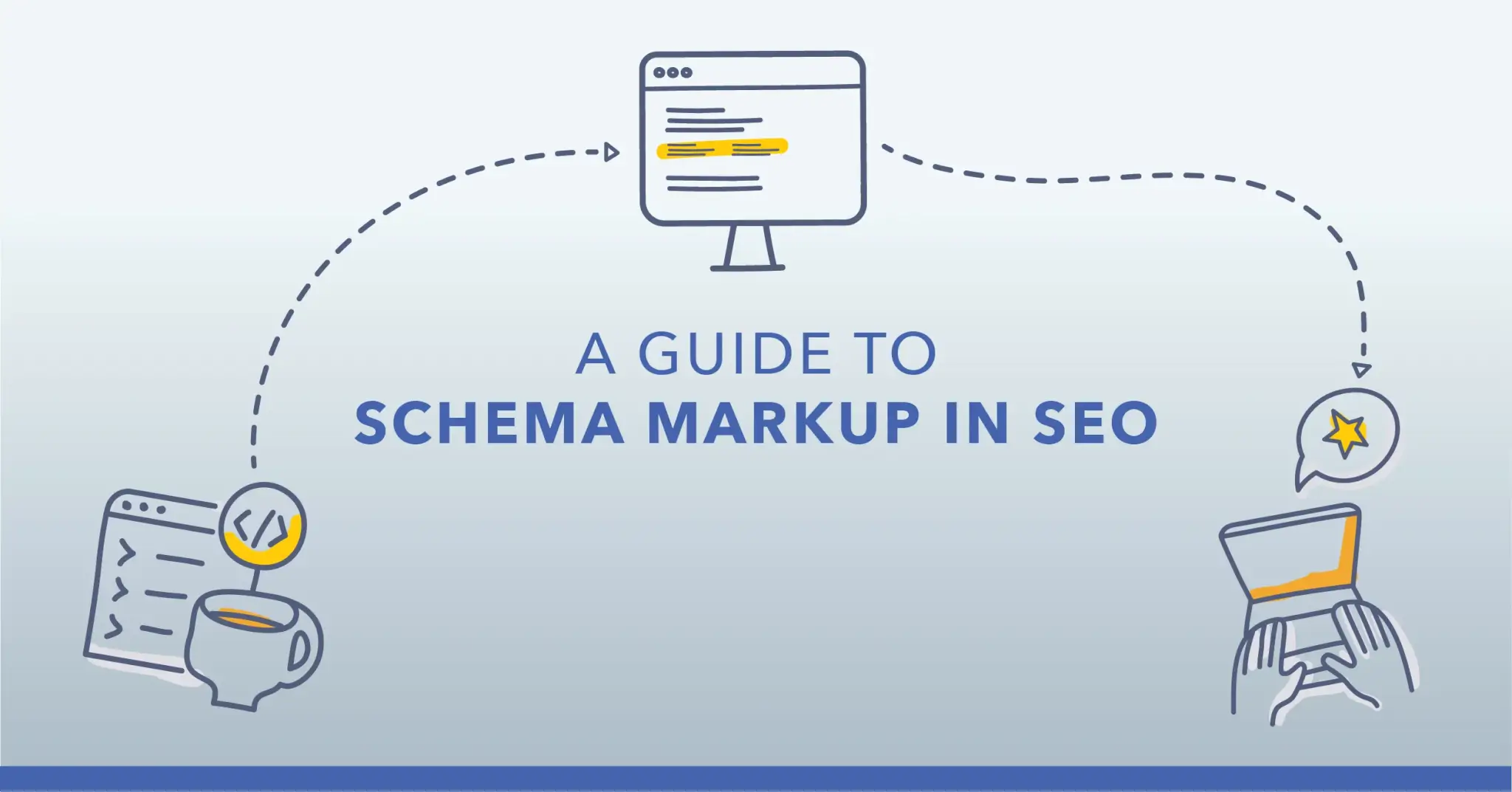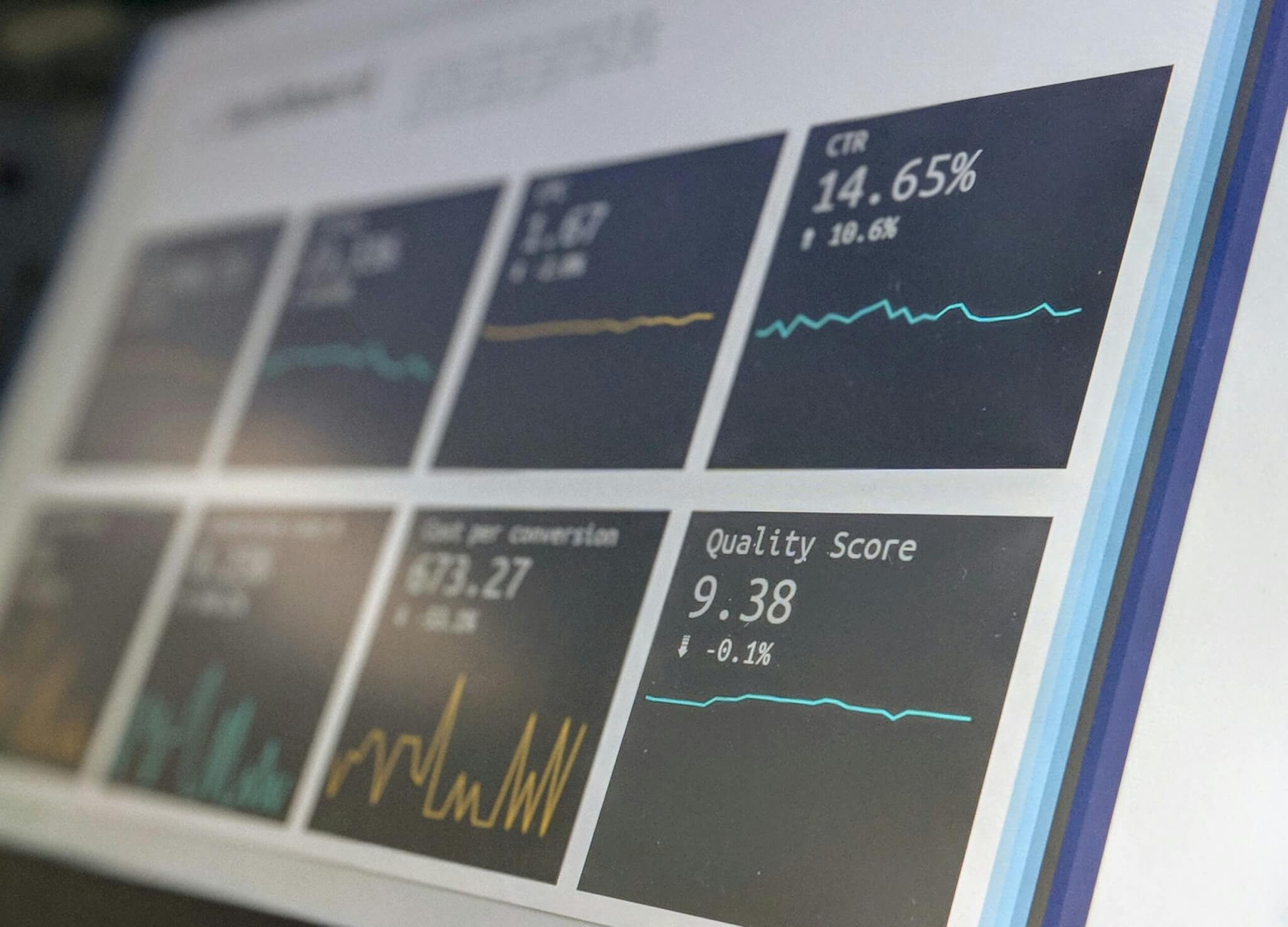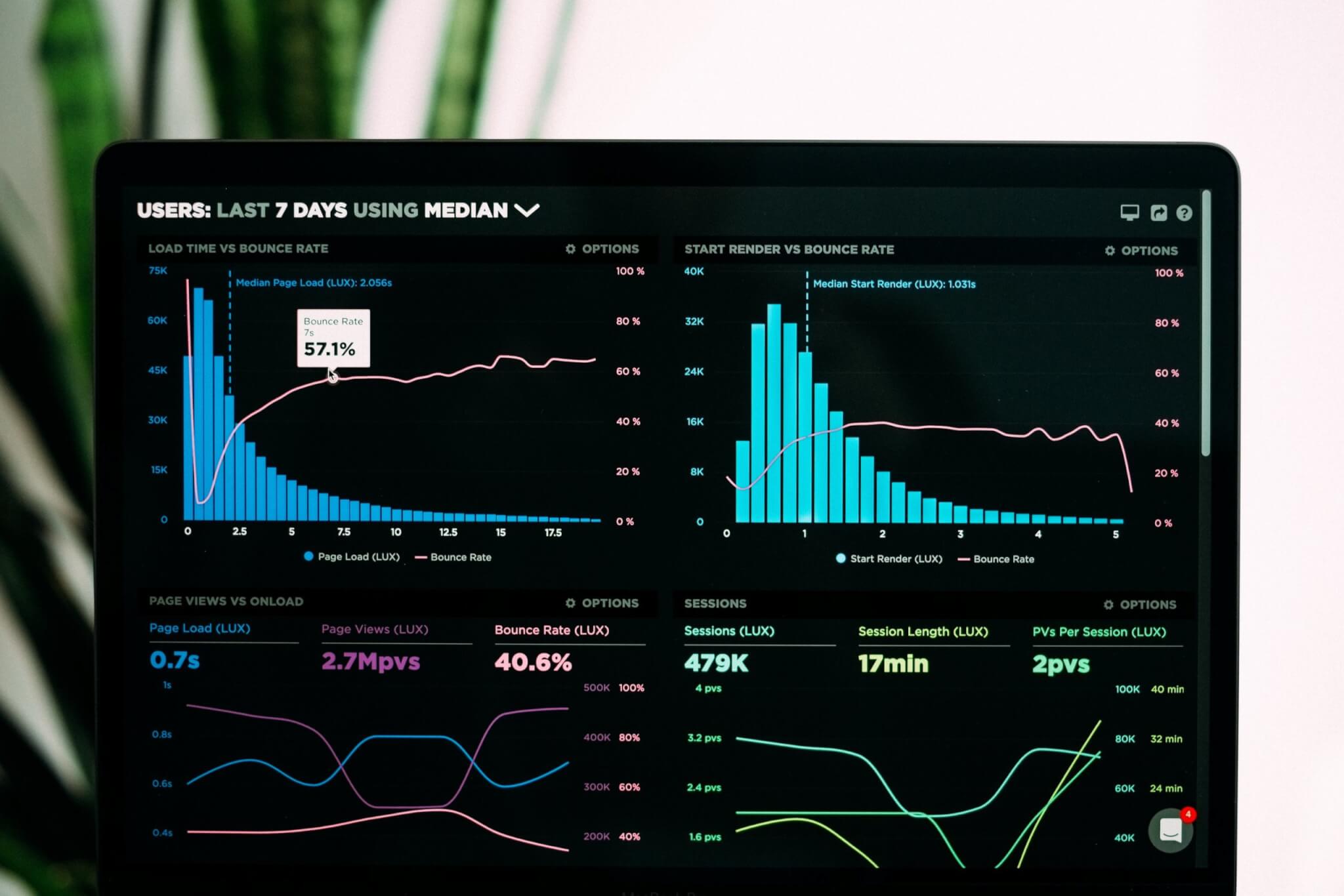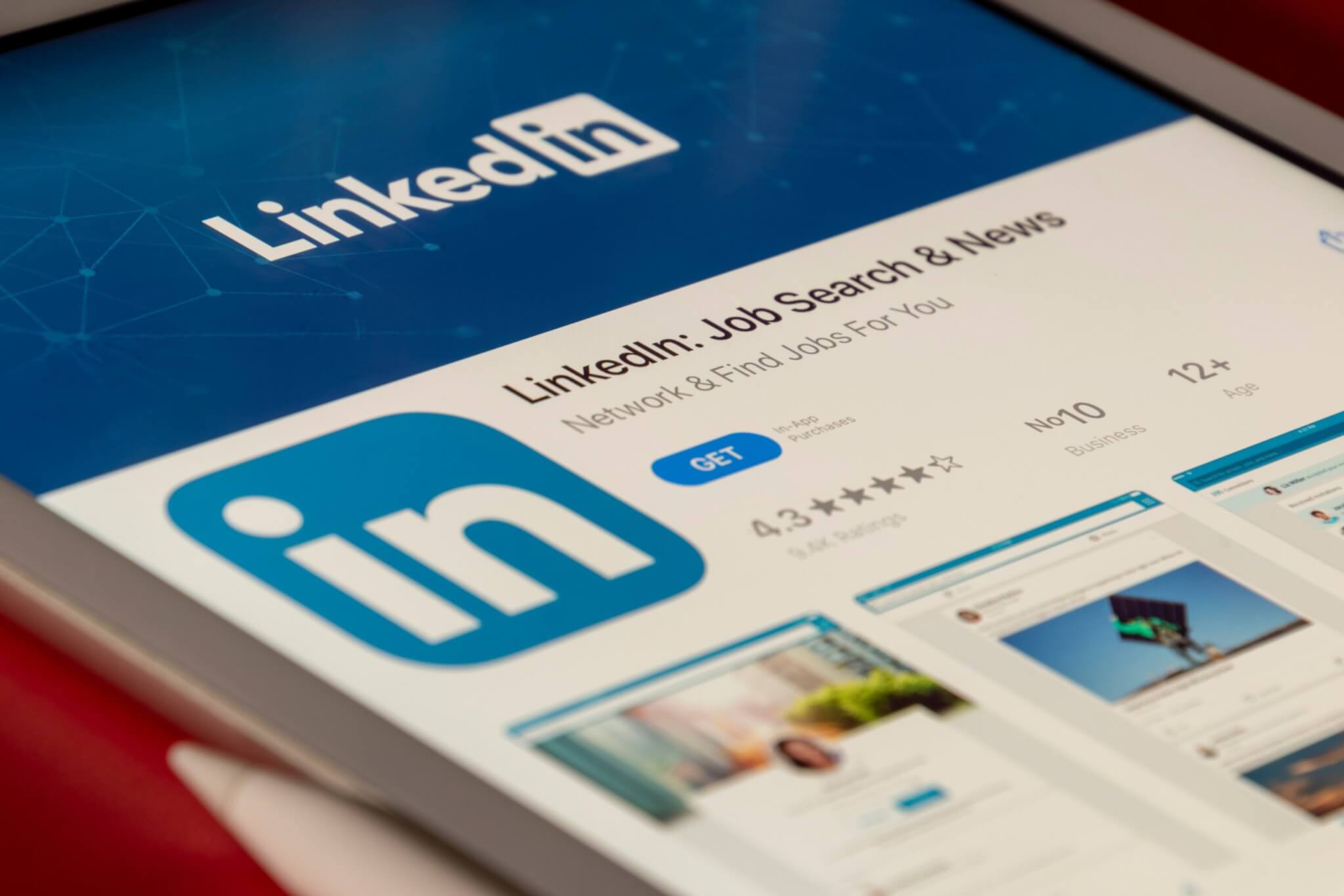Building brand awareness is important to a business and is the main way they can make sure they’re recognised. PR is very effective for maximising this, but which type of PR should you be using? Digital and traditional PR both have similar outcomes, but the methods used vary quite dramatically. We’ll explore the differences between digital and traditional PR to help you understand how they can benefit your business.
What is digital PR?
Digital PR is used to drive traffic and conversion across the whole online profile of a business. Employing tactics such as link building, digital PR aims to get coverage on websites with high domain ratings that link to a client’s website. Digital PR doesn’t stand alone, but instead is part of a wider digital marketing strategy, often aligning with SEO. Quality content creation on specific topics is a big part of digital PR, and is often outreached to influencers, bloggers and publishers – to get featured and shared across different sites, building up a hub of digital connections.
What is traditional PR?
Traditional PR is an old-school form of public relations and involves more conventional media forms, including newspapers, magazines, radio and TV. With this type of PR, more direct approaches are taken to boost brand awareness, such as press releases or product placements. Traditional PR is a much more corporate form of communication, and speaks to audiences and publishers alike about specific products and brands, which is often why it can be perceived as ‘salesy’, rather than organically driven.
What are the differences between traditional PR vs digital PR?
Despite having similar objectives, the differences between digital and traditional PR are quite evident through their content, approaches and results. Here’s an outline of the key differences between these popular PR approaches.
Content delivery
The digital PR approach is more subtle than that of traditional PR, which often bases its content around a newly released product or offer. Digital PR, however, tends to spend more time on creating quality content based on a relevant issue, trending topic, or news within the industry. For example, a traditional press release may be a commercialised piece stating the specifications of a new product, whereas digital PR pieces are more creative and link back to the brand in a more natural way.
Traditional PR is also more likely to work on content that lands one impressive piece of coverage, such as in a national newspaper. Whereas digital PR works across different channels and in different forms – repurposing content whenever deemed more fitting for the channel, such as recycling an article into a video for social media.
Audience interaction
Audience interaction is another way that the two types of PR differ. Traditional PR works in a very standard, one-way mode of communication, in the sense that you write the piece, it gets published and it’s read by the audience. On the other hand, digital PR has a wider scope for feedback and active audience engagement. Having online content – particularly blogs and social media posts – means that users are given a voice. They’re able to like, share and comment, which means the digital PR agency can receive instant feedback and a better understanding of their audience. The shareability of online PR pieces is also an additional way to boost traffic, as the work is organically passed around with no further investment.
Channels and tools
One of the key differences between digital PR and traditional PR is the channels and tools they utilise. Traditional PR tends to push press releases to be published in printed media such as national newspapers and magazines, along with tv and radio. Digital PR operates wholly online, making use of digital content such as websites, blog pages, influence campaigns and social media.
As well as the platforms used to distribute their work, digital PR agencies will use third-party tools such as Google Analytics and marketing automation tools for quicker and more accurate reporting.
Measuring PR campaign success
The final point, and possibly the thing that sets these two PR approaches apart, is how you measure the success of PR campaigns or coverage. Traditional PR results can be notoriously hard to measure, in terms of figures and accurate data.
With conventional printed publications, success is measured using AVE (advertising value equivalent). This is done by measuring the column inches of an article and how much that paper space is worth according to the publication’s advertising rate card. With these forms of press coverage, you’re unable to see how many people have read the piece and instead rely on inaccurate statistics such as monthly readers. Unfortunately, this doesn’t provide thorough insights and means cost-effectiveness and impact cannot be measured to a reliable degree.
By contrast, digital PR is very easily measured thanks to digital tracking tools and software that give real-time statistics and accurate updates from the beginning of a project, right to the end. Metrics such as impressions, click-through-rates and time spent on a page offer valuable insights and accurate numerical data. With this, you can work out the actual ROI to see how money-efficient the PR campaign has been. It also helps to benchmark future PR plans and objectives.
Which type of PR is best for your business?
All businesses can benefit from having a strong and well-maintained approach to PR. Some companies rely on traditional PR for specific media placements and press releases, whereas others, such as the e-commerce industry, will be better suited to digital PR practices. Here are some of the benefits of both types of PR:
Benefits of digital PR
- Increased traffic to your website – link building from reputable websites will boost your domain rating and get people clicking on your site.
- Improved SEO performance – similarly, increased brand authority will tell Google that you’re an authoritative site and you’ll start ranking higher.
- Brand awareness – through being mentioned across multiple digital platforms, your brand name will be absorbed by broader audiences.
- Shareability – as with everything online, including social media, it’s easy for one piece of coverage to be shared multiple times, meaning a broader reach for no more content creation.
- Audience interaction – instant consumer feedback from posts means you can tailor or amend your PR plans based on what receives the most positive response.
Benefits of traditional PR
- To-the-point PR – you can make your messages super- targeted and clear. Knowing exactly which publication you’re hoping for coverage in means it’ll be heard by the intended audience, unlike online, where there’s so much content that your piece could be missed.
- Connections to journalists – as you’ll likely have more calls and face-to-face meetings to organise PR events or releases, you can build closer relationships with journalists and your clients.
- The name game – traditional PR usually targets big brands, such as national papers, which will be recognised straight away. It may sound better (to stakeholders) to get coverage from a popular publication than it does an online blog with fewer readers.
How can traditional PR and digital PR be used together?
Combining traditional and digital PR can be hugely beneficial and will help businesses reach an even wider audience. This is ideal for brands with more diverse target audiences, some of whom may still read the daily paper, but others who choose to source their information online. By using digital PR alongside traditional PR, you can maximise your reach, while boosting your website’s overall performance in terms of traffic, conversions and SEO.
Conclusion
Whether digital, traditional or a mix of both, PR is extremely advantageous to a business’ brand awareness, reputation and overall performance. When deciding which approach is best for your business, consider what your company is looking for. If you want to increase brand awareness within your industry and target your customers directly, traditional PR may be better suited. If you’re looking for a creative approach to increase your visibility with widespread media, digital PR will be the better route.









































